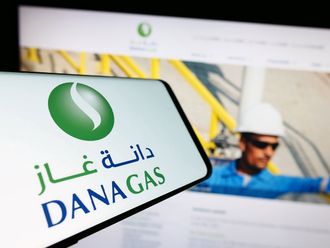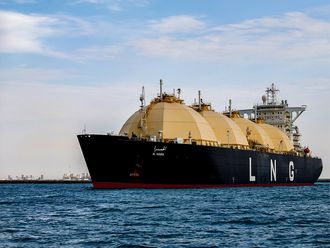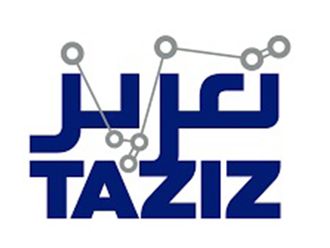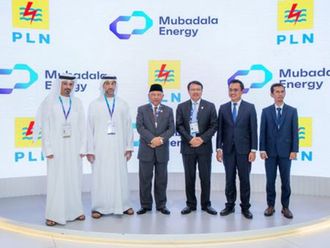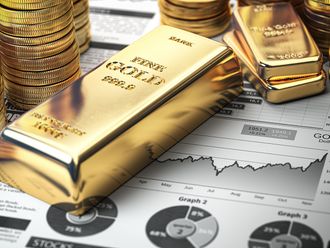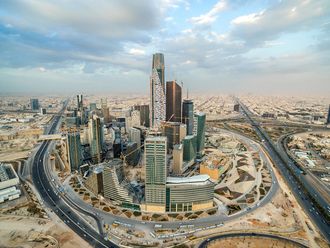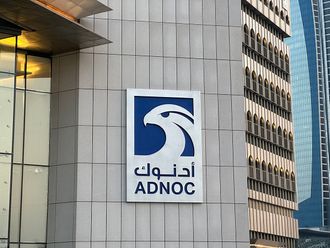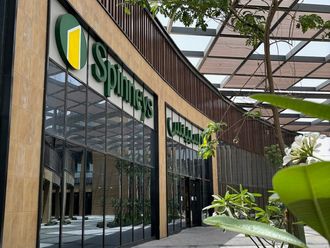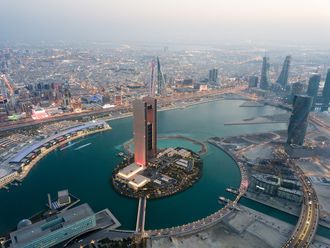Dubai : Rising Chinese and Indian demand for Gulf crude is increasing the need for a new Middle East oil price benchmark, a Vitol Group executive said.
This would add transparency to eastbound sales and reflect Asia's market influence, he said.
The Dubai Mercantile Exchange's Oman futures contract, trading since June 2007, is "the shot" at forging a new benchmark, said Vitol Dubai managing director Chris Bake.
This would help Gulf producers to better price the region's 14 million barrels of daily output. "If it isn't the Oman contract as the fungible grade that has now invested three years in a futures market, who is it going to be?" Bake said.
Omani crude was the region's most easily traded as there were no restrictions on who buyers could resell the cargoes to, he said. Vitol, the world's biggest independent oil trader, is a floor member of the exchange.
The Dubai Mercantile Exchange is seeking to establish its Oman crude futures contract.
This would give investors the option to take physical deliveries as the benchmark for shipments to Asia, by persuading more producers to adopt it.
The present standard for Middle East crude is the Dubai price assessment that includes oil from the Dubai, Oman and Upper Zakum fields published by Platts, the energy information division of McGraw-Hill. Saudi Arabia, the world's largest exporter, prices its oil to Asia — its largest market — as a premium or a differential to the Platts assessment.
State oil company Saudi Aramco's exports to Asia increased last year as China bought on average more than one million barrels of Saudi crude a day, the company said in its annual review released last week.
Shipments to the US and Europe declined in that period. The kingdom agreed in February to almost double its exports to India, to about 770,000 barrels a day.
"If the Saudis agree to price off the Dubai Mercantile Exchange it will definitely create the next wave of liquidity to give the [Dubai Mercantile Exchange] the credibility it needs to become a global benchmark," Bake said.
A better hedge
Added clarity from such a benchmark would allow buyers and sellers to better hedge their risks and more effectively price the region's different oil grades.
This would be independently of markers in the West such as North Sea Brent and West Texas Intermediate, Bake said.
Pricing on the current basis was still too heavily influenced by the cost of crude on European and US exchanges, he said.
"Does the Middle East want to continue to have their price set by the vagaries of a market in the West when clearly the driver is the east?" Bake said.
"For me that's the key."
The world is relying on consumers in China and the Middle East to keep spending to maintain the global economic recovery as the developed economies of the US and Europe stagnate.
The International Energy Agency sees consumption from emerging economies outside the Organization for Economic Co-operation and Development accounting for 52 per cent of the world's oil use by 2015, compared with 47 per cent this year.
The Oman contract, the largest physically delivered oil futures contract, is the only product traded on the Dubai Mercantile Exchange.
The government of Dubai began pricing its oil as a differential or premium to the Omani crude last year, making Dubai the only regional grade based on the contract.
The exchange posted a record 14 million barrels to be physically delivered in May.
Dubai Mercantile Exchange Chief Executive Officer Thomas Leaver has said he wanted members of the six-nation Gulf Co-operation Council to use the Oman contract as a benchmark. Council members are Saudi Arabia, Kuwait, the United Arab Emirates, Qatar, Oman and Bahrain.
The exchange, in the Dubai International Financial Centre, is 25 per cent-owned by the government. CME Group and the Oman Investment Fund each own a quarter.
"Right now people are using it more as a cargo pricing mechanism rather than an underlying risk management mechanism and that's the gap," Bake said.


